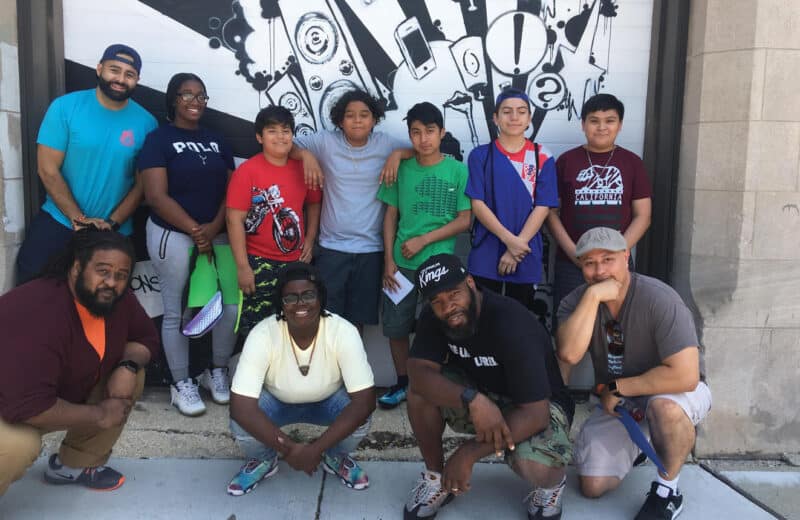HPV awareness can save lives
The Human Papillomavirus, commonly known as HPV, is quietly claiming the lives of thousands of women each year. What makes this stealthy killer so dangerous, besides the fact that there are almost always no signs of infection, is the reluctance of the American public to recognize infection can be prevented.
There are nearly 40 strains of HPV that cause diseases in humans. While most of them are eventually wiped out by a healthy immune system, there are four types that cause the majority of cases of genital warts and cervical cancer. Warts are uncomfortable, unsightly and incurable and about 90 percent of the time caused by HPV. However, warts don’t generally pose a major threat to a person’s overall well-being. Cervical cancer, in contrast, is the second leading cause of cancer death among women.
According to the American Cancer Society, an average of 30 women a day are diagnosed with cervical cancer. And this year, about 4,000 of them will die from it. Unlike many others, cervical cancer does not show a strong genetic link. About 75 percent of cases are brought on by HPV.
Healthcare officials recommend that all girls get vaccinated at age 11 or 12, ideally shortly before they become sexually active.
“You get much higher antibody [counts] when you vaccinate individuals who are younger, compared to a person vaccinated in their late teens or older,” explains Dr. Tina Tan, Professor of Pediatrics at Northwestern’s Feinberg School of Medicine and an attending physician at Children’s Memorial Hospital. “And even though people don’t like to think about it, preteens, teens and young adults are becoming sexually active at a younger and younger age.”
Therein lies the conflict. Parents are frequently disturbed by the idea of their 11-year-old’s future sexual activity. And they sometimes choose to avoid the topic by avoiding the vaccine.
“They don’t even want to go to that place where they have to think about the fact that their kids are going to be sexually active,” says Tan. “There’s a really big denial factor. We know that a very large percentage of individuals are sexually active by the time they’re 15.”
By then it may be too late. Talking about sex may be easy enough to dodge, but HPV isn’t. In fact, it is the most prevalent sexually transmitted disease in the United States, infecting more than half of the sexually active population at some time in their lives.
“HPV is transmitted by any type of skin-to-skin contact, so if somebody is experimenting or having any type of sexual activity, they are at a higher risk of [infection],” Tan says.
Immunization is more important now than ever, as we see more HPV cases. With the widespread availability of the vaccine and an ever-increasing number of immunized youths, the tools to combat HPV infection are accessible. Although an uncomfortable topic, the vaccination discussion can save a life. [email_link]













